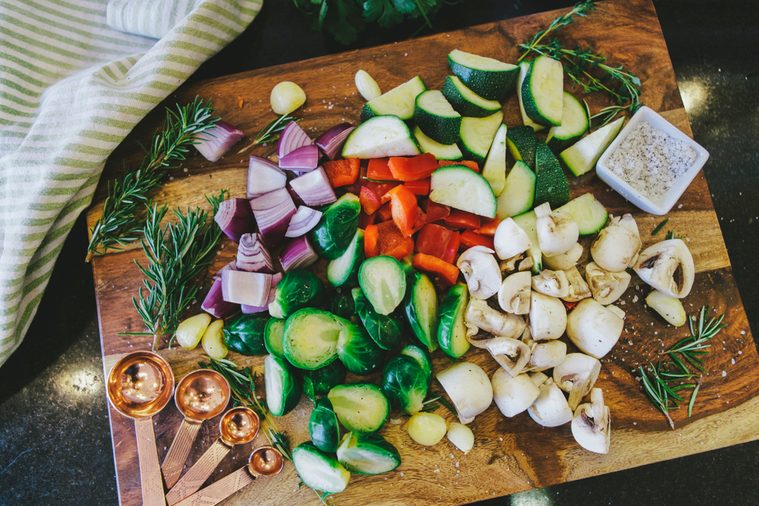
You’re not prepared
The keto diet will be unlike almost any other diet you’ve tried. That’s why going into this eating style without helpful strategies, plans, and ideas for making day-to-day food decisions easier can backfire.
“It’s a lot more involved than cutting out bread and pasta,” says Mary Weidner, cofounder of Strongr Fastr, a keto meal-planning app. “It requires planning and tracking just how many carbs you’re eating. Make no mistake, it takes effort and work—more so than other diets—and this can be overwhelming.”
Fix: Put in the prep work. “Fail to prepare, then prepare to fail,” says Lisa Davis, PhD, CNS, the chief nutrition officer for Terra’s Kitchen, a food delivery service that caters to many different types of eating plans. “Meal prepping is crucial in achieving ketosis because the macros are so specific.” Before you begin prepping, make sure you check out the hidden dangers of a keto diet.
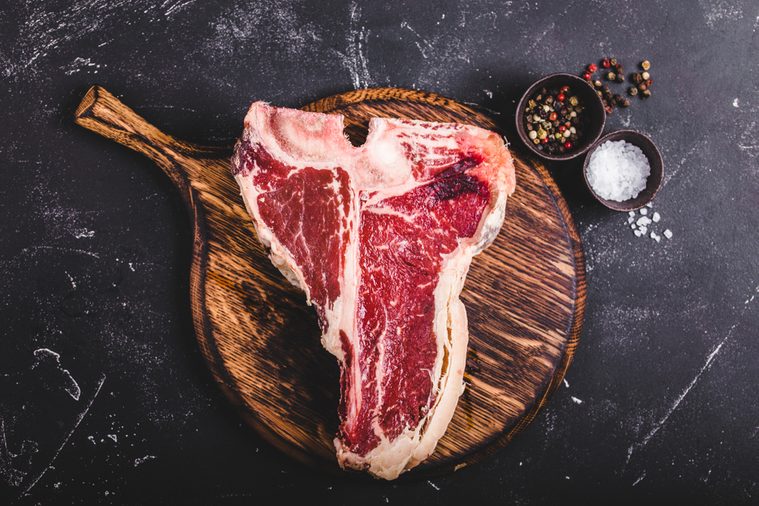
You eat too much protein
Yes, you read that right. While meat-lovers may approach the plan with gusto, digging into the steaks, burgers, bacon, pork tenderloin, and sausage—which are all keto-approved foods—too much can be a bad thing.
“Contrary to popular belief, a ketogenic diet is not a high-protein diet,” says Brett Osborn, DO, a neurosurgeon and nutrition advisor to BPI Sports. “In fact, protein should make up only 15 to 30 percent of your daily calories. Otherwise, ketone production will stall.”
“Excess protein interferes with ketosis, and people who focus too much on protein may not achieve a ketogenic state,” says Kristen Mancinelli, RD, author of The Ketogenic Diet and the upcoming book Jumpstart Ketosis. “Remember, keto is mostly fat, low to moderate protein, and almost no carbs.”
Fix: Track your protein, carbs, fat, and more so you get a better picture of what you’re eating in a day. Then, try to plan your meals and snacks to better align with your high-fat, moderate-protein, and low-carb goals.
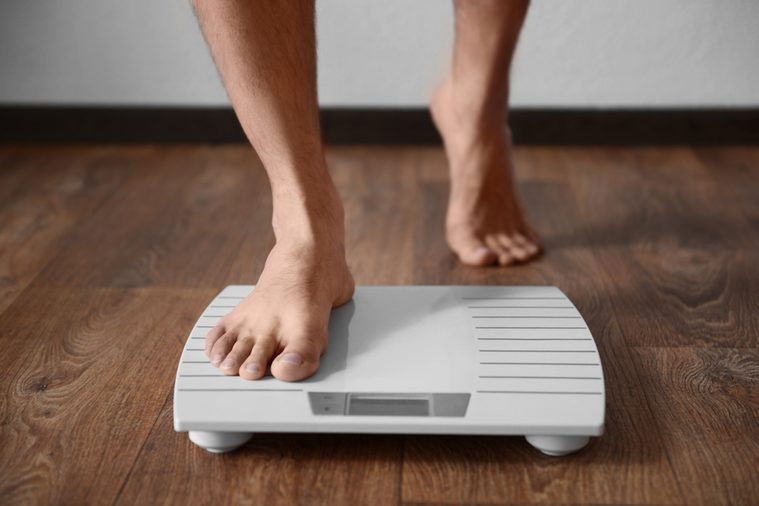
You eat too many calories
In the first few weeks of a keto diet, it’s not uncommon for you to drop several pounds quickly. That’s a great morale boost and incentive to keep going. However, you may soon find the scale stalling if you are not in ketosis and are eating too much.
“Some people may experience a complete stall in weight loss, or perhaps even a slight regain of some of that initial weight loss,” says Wes Shoemaker, who runs the YouTube channel called Highfalutin’ Low Carb. “This is when it’s important to keep track of carbohydrate intake as well as caloric intake.”
“Eating more than you need will make you gain weight,” Mancinelli says. “This is true even if you’re eating a ketogenic diet. A common mistake people make is they think if they switch to eating keto, all the fat will just melt away. That may happen—but it won’t if you consistently overeat.”
Fix: Newcomers to keto who experience this transitional phase may give up, simply thinking that keto doesn’t work for them, Shoemaker says. “The best advice is to give it time. Carefully track your food intake, and more importantly weigh and measure your portion sizes,” he says. “Many of us have over-inflated ideas of what reasonable portion sizes look like.”
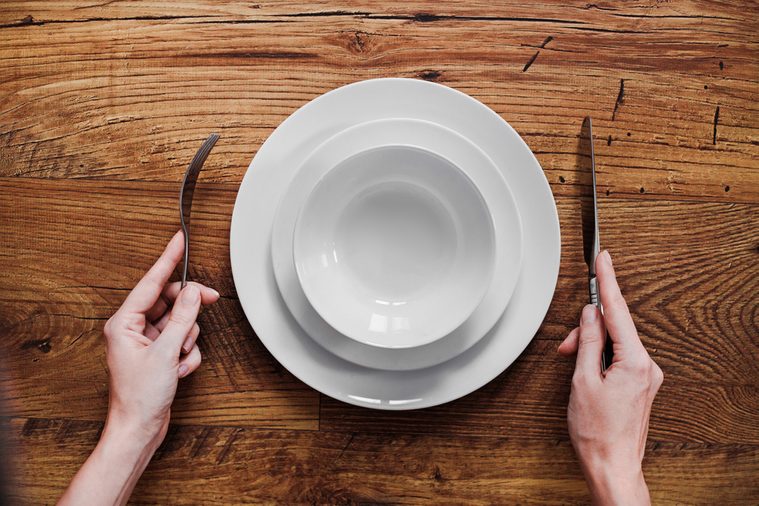
You eat too few calories
Seems like a contradiction, right? Just as eating past your daily limit can be a problem for your waistline, eating well below your daily range can be troublesome, too.
“The other side of the calorie conundrum is the risk of eating too few calories,” Shoemaker says. “As we know, the ketogenic diet is fantastic at virtually eliminating the up and down see-saw of blood sugar crashes and their associated food cravings. After adjusting to the ketogenic way of eating, many people simply stop feeling hungry.”
Indeed, intermittent fasting is popular among keto dieters. This extended period of time without food is thought to encourage greater fat burn.
“The newfound stamina and willpower over food may lead them to stop consuming sufficient calories throughout the day,” Shoemaker says. “They simply aren’t hungry enough to eat, or perhaps forget to eat.”
Fix: It’s important to calculate your caloric requirement and plan meals and snacks for every day that help you meet those goals. You should also keep these 15 things you need to know before starting the keto diet in mind.
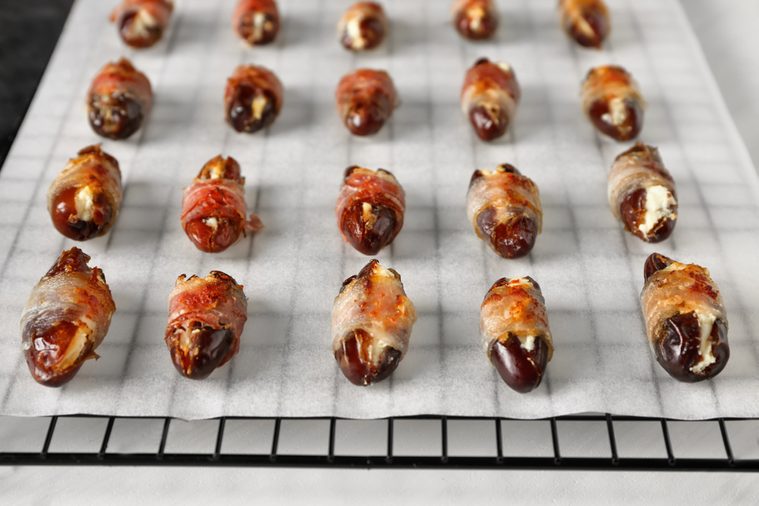
You eat too many keto “junk foods”
As the diet has gained popularity, the desire for keto-approved products, including snacks and sweets substitutes has grown louder, and companies are answering. Unfortunately, Mancinelli says, this may be one of the biggest reasons people fail the keto diet.
“The keto diet trend has brought with it all these recipes for keto junk food and ‘fat bombs’ sweetened with erythritol and bacon-wrapped snacks,” she says. “You can easily exceed your daily energy needs if you consume multiple ‘fat coffees’ and eat these snacks every day.”
Fix: Eating keto should be about eating whole foods, Mancinelli says, not keto-compliant versions of junk foods. Start with these keto diet recipes so delicious you’ll want to make them tonight.
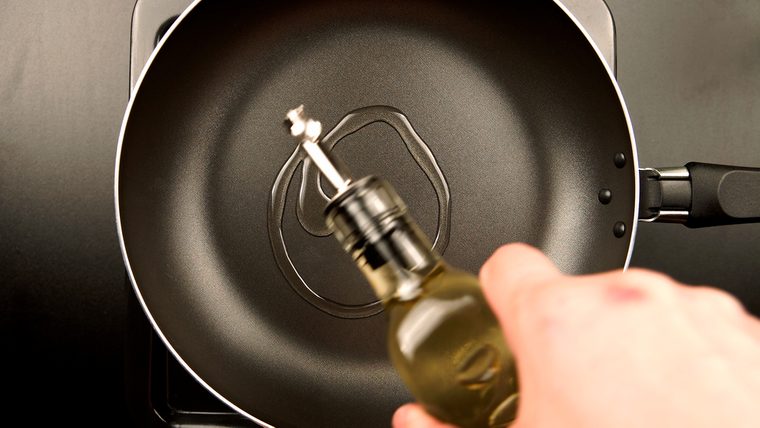
You aren’t eating enough fat
This is a common diet-buster. The keto diet is all about giving your body fat to burn for fuel and forcing it to stop relying on carbs, which it prefers. However, if you fall short of your goal for several days or weeks, you might start to see the scale stick.
Fix: This can take effort, especially in the beginning because it’s very different than how most people are used to eating. You should eat at least two servings of fat with every meal and snack to obtain enough calories.
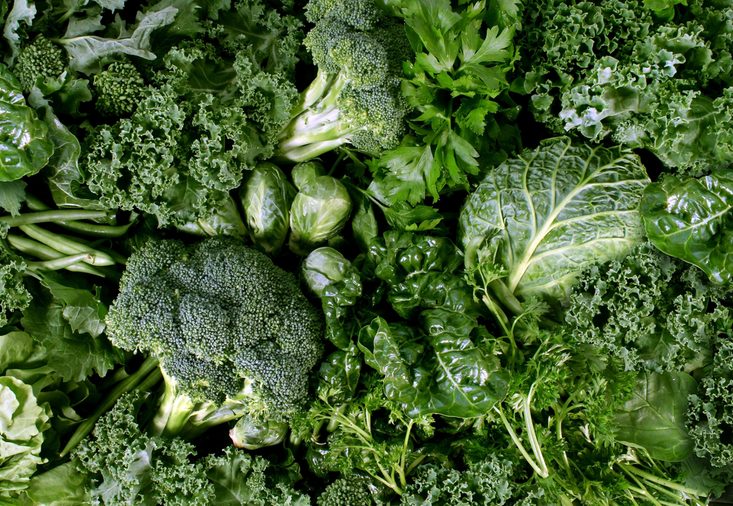
You are not balancing your macronutrients
“Many keto dieters eat high-fat animal products and do not prioritize eating green leafy vegetables and other nutrient-dense plant foods,” Dr. Davis says. Indeed, it’s simple enough to eat steak, sausage, or chicken for dinner every night, but “you may be missing out on key nutrients and dietary fiber,” Dr. Davis says.
Fix: Simply put, here’s another reason to track your food when you’re eating keto. Yes, you need to make sure you’re hitting your daily goals for calories, fat, and carbs, but you also want to make sure you’re eating plenty of other nutrients and vitamins. Eating a varied diet is a great way to get more nutrition from your food, too. You should get about 50 to 60 percent of your calories from fat; 10 percent from carbs; and 20 to 30 percent from protein.
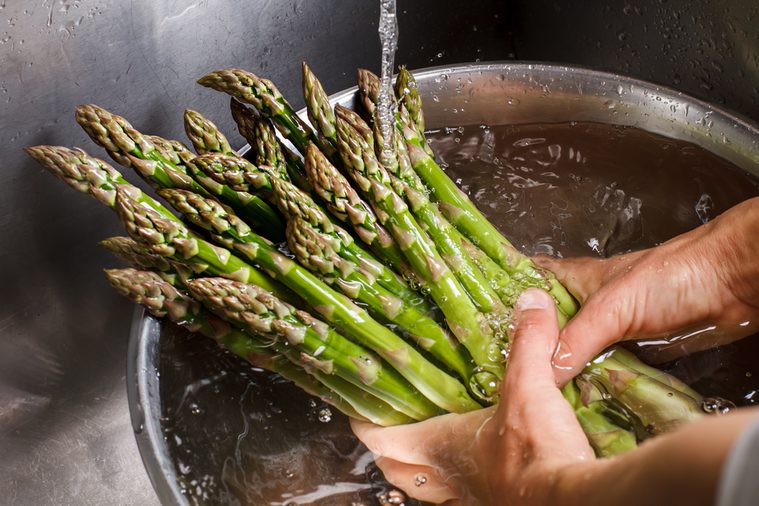
You’re skipping out on veggies
Keto dieters have plenty of great low-carb veggie options to fill a healthy plate. Eat non-starchy veggies, such as broccoli, leafy greens, asparagus, and peppers since they are your source of essential vitamins, minerals, fiber, and antioxidants. If you skip out on veggies, you may have constipation, headaches, and feel generally crummy.”
Fix: Make room on every plate for a bit of vegetable. At lunch, chicken salad can be eaten on a bed of massaged kale or with a crispy broccoli slaw and creamy mayonnaise dressing. At dinner, cauliflower rice is an easy keto veggie option, as is mashed cauliflower.

You stop when the “keto flu” strikes
Keto flu is a brief period, often just a few days after you begin the keto diet, in which you may experience feelings of fatigue, headache, brain fog, and mood swings. These side effects are the result of your body learning to shift from burning glucose to burning stored fats as its primary source of energy.
Fix: “Remember that it does get much better rather quickly,” Shoemaker says. “Just as a recovering smoker or drinker has to deal with withdrawal symptoms, someone starting a low-carb or ketogenic diet has to weather the symptoms of carbohydrate withdrawal. Stay the course.” Beyond the keto flu, here are 13 thing doctors want you to know about the keto diet.
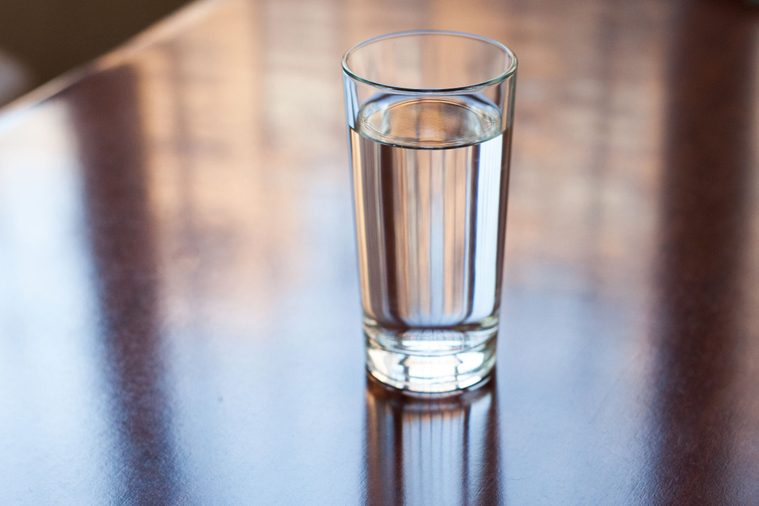
You’re not drinking enough water
Water is important for anyone, no matter how you eat, but it’s especially important for keto eaters, Dr. Osborn says. “Flu-like symptoms are, to a great degree, caused by fluid and electrolyte abnormalities, the result of lowered bodily insulin,” he says.
Fix: Dr. Osborn recommends you aim for at least one gallon of water daily. If you aren’t accustomed to drinking that much water, work your way up until you’re drinking at least 12 eight-ounce cups per day. With keto, more is better. You can also drink herbal tea and seltzer along with regular water to keep things interesting.

You let social engagements wreck your diet
“Grabbing dinner or drinks with friends, employer-paid lunches, dates with the spouse—these are all big failure points for many people,” says Brandon Olin, host of The Deskbound Podcast. “From both the temptation of a delicious bowl of pasta at your favorite Italian joint and having to explain to your friends or coworkers the new diet you’re on, this is a tough one.”
Fix: The answer to this roadblock is personal. You’ll have to find a plan that works for you, that balances your social plans and needs with your food and healthy-eating goals.
Olin says he plans ahead for outings or office lunches by bringing his keto-friendly food and strategically eating about 30 minutes before the food arrives. “Choosing to forego an unhealthy meal is much easier when you’ve already eaten and are no longer hungry,” he says.
For dining out, study the menu ahead of time and pick out a keto option. If you don’t see anything, call the restaurant and ask if they have something they can prepare for you. With a plan in place, you’re less likely to veer off course once the waiter arrives with pen in hand.
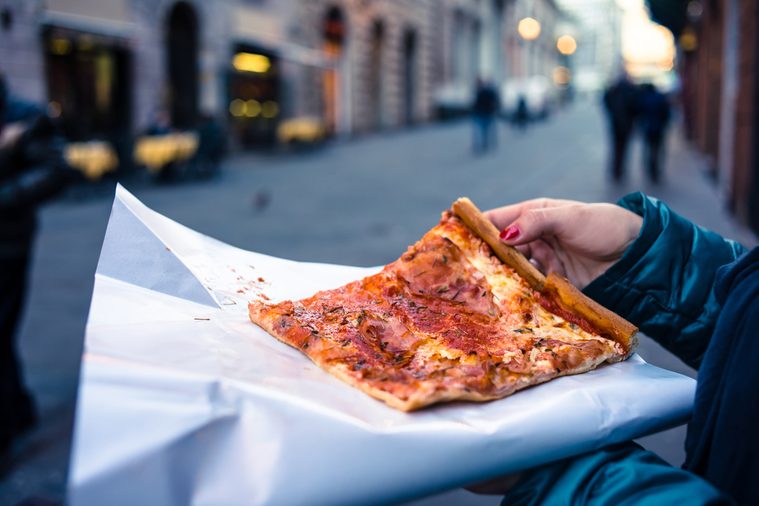
You cheat too much
The keto diet can be tough, especially if you are having to adjust to a life without soda, bread, and pasta. If you “reward” yourself with a cheat day, you may be doing much more harm than good.
“A common theme we’ve been hearing across the board are keto ‘cheat’ days or a modified keto version that isn’t truly a keto diet,” says Jenni Bourque and Mirna Sharafeddine, the Naughty Nutritionists. “If you are taking a keto cheat day and eating more than the allowed 20 grams of carbs, or if you are doing a keto version that’s not as restrictive, and you’re not monitoring your ketone levels on a regular basis, you probably weren’t in a state of ketosis to begin with. That means you may not be burning the fat fuel as efficiently as you would if you were in true ketosis.”
Fix: Make a commitment to the diet and track your macronutrients so you can know how diligent you are being. You can also work with a healthcare professional to monitor your ketone levels so you know how efficiently you’re burning fat.
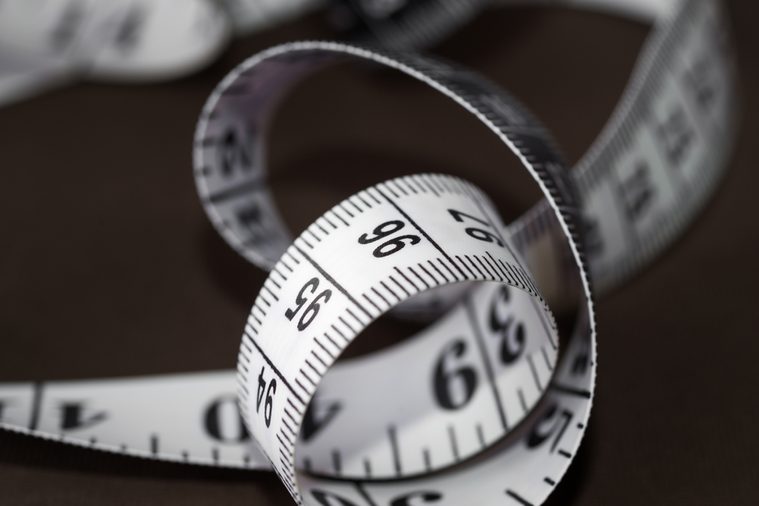
You become discouraged if weight loss stalls
After rapidly dropping pounds in the first weeks of the keto diet, your weight loss may begin to slow as your body adjusts to a lack of carbs. “It can be extremely demotivating to see rapid weight loss slow down, but this is the nature of the keto diet,” Weidner says. “Many people lose a considerable amount of water weight at the beginning, but then stall or gain back some weight.”
Fix: While this is normal—and should be anticipated—it will take your body about a month to adapt to the new diet. Until that point, the weight loss may be inconsistent.
“As in all diets, you should be paying attention to the big picture, not just a few data points. Know what to expect and be prepared for the long haul,” Weidner says. Read how this woman followed the keto diet and lost 15 pounds—and kept it off.
Every product is independently selected by our editors. If you buy something through our links, we may earn an affiliate commission.

